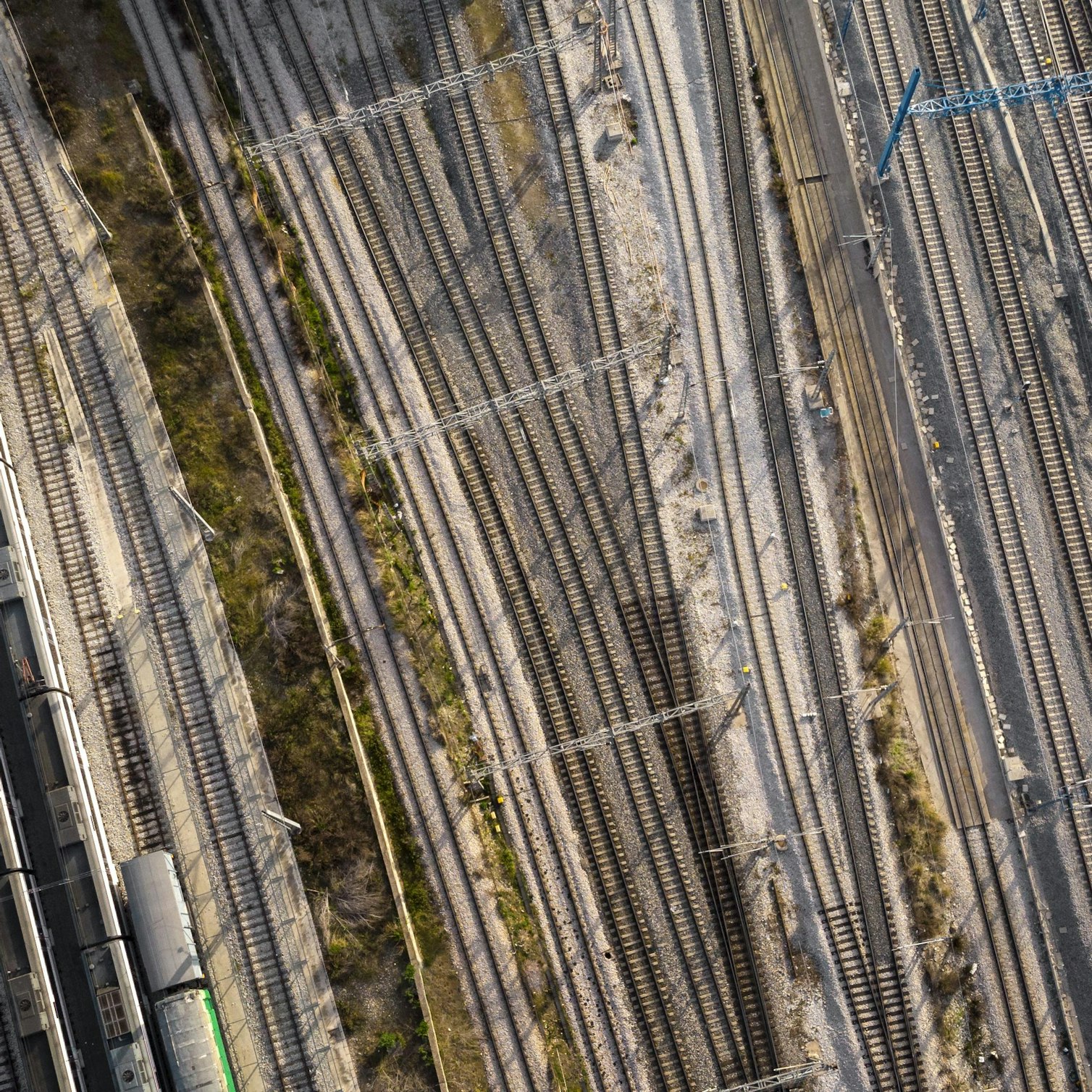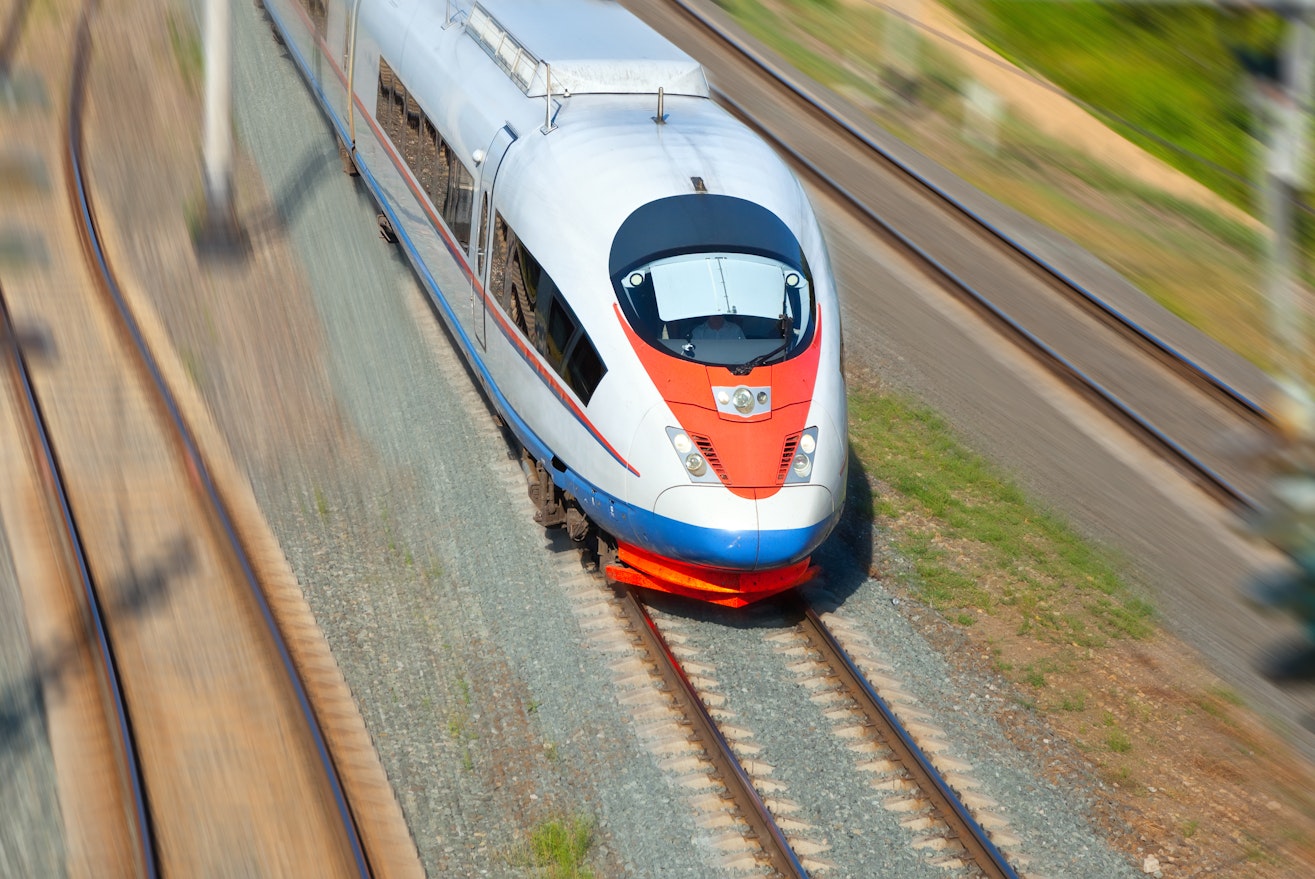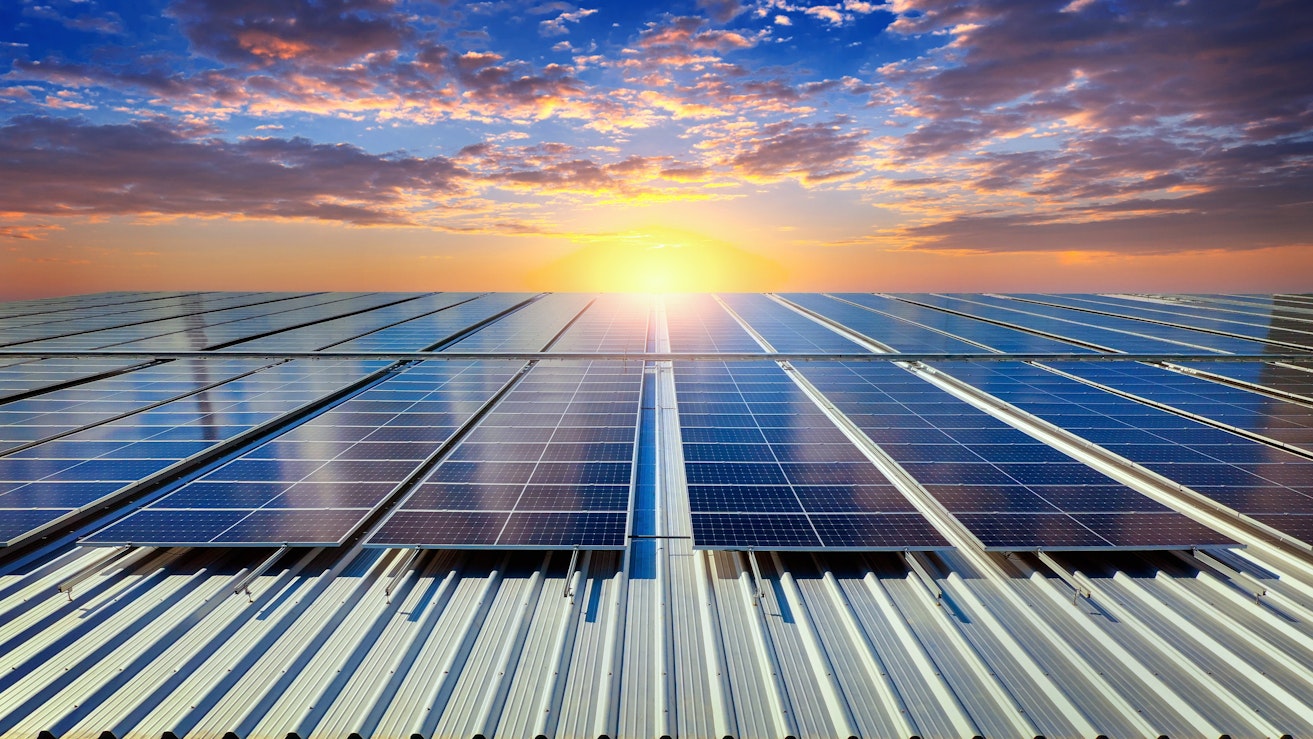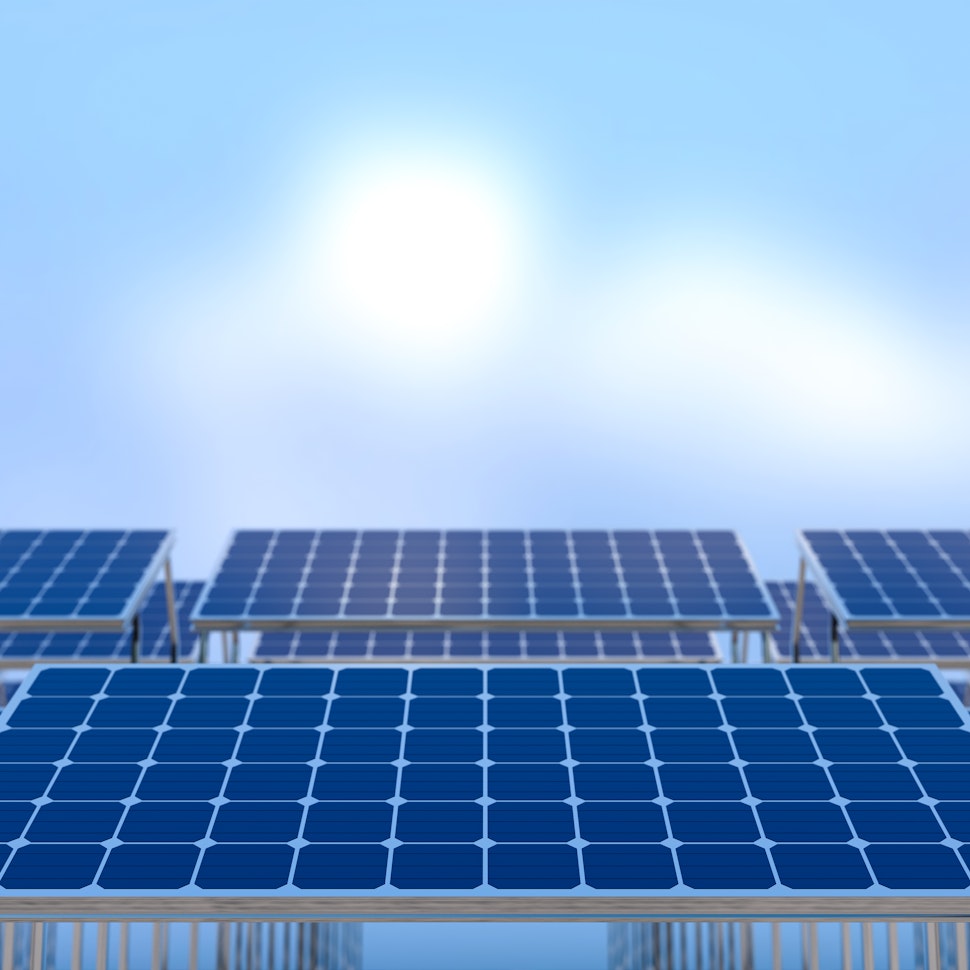- Solar energy blog
- Photovoltaic and rail transportation: Is it the future, or a failure waiting to happen?
Photovoltaic and rail transportation: Is it the future, or a failure waiting to happen?


Laura Rodríguez
Business developer
Laura is a renewable and software industry sales professional, currently working at RatedPower as Sales Overlay in North America & Territory Manager Oceania. With a background in International Business and International Trade, Laura previously worked in the business strategy area in various companies as well as as a market analyst for the Government of Spain in Australia.

Content
Countries around the world are exploring solar-powered rail transport, from France, Germany, and the UK, to China, India, and Australia.
Railways are one of the most sustainable transport methods, moving high volumes of people and cargo while contributing only a small percentage to global carbon dioxide (CO2) emissions. But the rail industry is looking to shore up its green credentials in the transition to low-carbon energy.
In this article, we'll explore the potential for solar-powered railways, as well as the possible pitfalls of using photovoltaic (PV) technology.

Photovoltaic rail transport: How does it work?
Rail companies can install PV modules on the roof of trains to generate power for onboard services, such as air conditioning, lighting, and security. They can also install PV panels nearby or on train tracks to generate electricity to run trains and distribute power to the grid.
This could provide a solution for rail networks that rely heavily on distribution grids, as some grids are approaching full capacity and lack the financing that they need to expand their capacity.
While it is difficult to secure the grid capacity to supply renewable electricity to power rail networks, by installing PV generation for their own use operators can reduce their reliance on overloaded grid networks.
The International Energy Agency (IEA) predicted in 2019 that the global rail network could expand from 1.6 million kilometers in 2016 to 2.1 million kilometers in 2050, an increase of 34%. That would increase electricity demand from the sector to nearly 700 TWh, requiring additional power generation capacity to be installed. Renewable energy provides a solution to increasing energy supply while reducing the transport sector’s CO2 emissions.
PhotoVoltaic Train (Pvtrain), a project run by Italy’s primary train operator Trenitalia, was the first attempt in Europe to test the viability of using PV cells to charge onboard accumulators.
The project ran from November 2003 to October 2005, with an observation period starting in July 2003. During the observation period, the prototype trains used 1,378.42 kWh of electricity, reducing CO2 emission by 1,033.82 kg.
Between August 2004 and October 2005, the prototypes used 159.3 kWh, which was enough to power the onboard accumulators while reducing CO2 emissions by 119.95 kg. The prototype freight wagons used 540 kWh, enough to power the electrical locks while reducing CO2 emissions by 405.51 kg.
It is estimated that for every kWh of electricity generated, using PV modules emits 750g less CO2 into the atmosphere. In addition, the constant flow of electrical current extends the lifespan of the onboard accumulators.

Photovoltaic rail transport: The benefits
In December 2022, French railway operators SNCF Reseau and INES announced a collaboration to develop PV systems to enable rail networks to use renewable electricity.
The collaboration aims to:
reduce energy losses
optimize costs
increase PV generation efficiency
increase digitalization
improve reliability
Innovative converters will connect medium-voltage direct current (MVDC) modules to the microgrid. The microgrid will demonstrate how to increase PV production efficiently while interconnecting assets within the MVDC network. The MVDC microgrid will connect to the main grid through a solid-state transformer (SST), with the aim of operating a smart system.
The system will include an energy management system designed for alternating current (AC) / direct current (DC) hybrid networks and a decision support system to increase network efficiency and reliability.
In China, which is installing massive amounts of solar generation, research shows that the landscapes around rail infrastructure have the potential to produce abundant solar power. Companies can make use of the large trackside land spaces, slopes, medians, station rooftops, and train roofs to increase PV capacity installation and play a role in sustainable development. By 2030, PV installations in rail transportation could produce around 12 TWh of electricity, accounting for around 6% of the sector’s total energy consumption.
Railways typically own their rights-of-way and control access to their land, making it relatively straightforward to install solar equipment. They also typically own their overhead electrical infrastructure, so they can directly use the electricity they generate.
The Indian government has announced plans to install 20 GW of solar farms to make its railway network carbon-neutral by 2030. It has identified land close to the railway infrastructure and would feed the solar power directly into the railway substations and the electricity grid.
Solar panels installed alongside railway tracks do not need to support heavy loads, although in areas where tracks are in poor condition, heavy vibration could result in panels becoming cracked and broken.
In Germany, developers have focused on developing hydrogen-powered trains as an alternative to the high cost of electrifying lines, but installing PV panels on rail beds could make the economics more favorable.
In addition, one common complaint often seen when talking about the expansion of renewable infrastructure is the destruction of farmland in order to accommodate energy generation plants. By installing PV panels into rail beds, it is estimated that 100 KW of electricity could be generated per kiolmeter of rail line. This will lessen the need for agricultural land to be taken over for renewable projects and mitigate the environmental impact of such initiatives.

Are you intro renewable trends? You can't miss our report on the solar and renewable energy trends to follow in 2023. Download it today for free!
Photovoltaic rail transport: The concerns
While PV rail transport has the potential to provide solutions for rail infrastructure power supply and reduce CO2 emissions, there are challenges the sector must address.
The cost of installing rooftop PV on trains remains too prohibitive to be viable on a large scale. For example, in 2017, Australia operated a 100% solar-powered train with a 6.5 kW PV system installed on the rooftops of its two coaches. The battery powered the train for 6-7 return trips on its 3km track and there was a 30 kW system installed at the train station to recharge the battery.
However, with a cost of A$6mn, the train would have to make 350 return trips a day to remain viable, which was not feasible because of its limited schedule in daylight hours. The rooftop PV systems in India are used to power only the lights on board the trains to keep costs down.
Converting railways to run on PV power also presents a challenge because of the large volumes of electricity they consume. The UK launched a 30 kW solar PV system in 2019 to supply electricity directly to a train station to power the signaling and lights. But given that UK trains consume 4.05 GWh of electricity annually, it would be difficult to install enough solar capacity to fully run a railway network.
Installing solar PV to power railway network infrastructure is one of the many ways to reduce carbon emissions from the transportation sector. Check out RatedPower's resources to learn more about the ways that renewable energy is leading the transition to net zero.
Latest stories
Related posts
Technology and engineering
Innovation in renewable energy: Developments expected in 2025
We look at the 10 biggest renewable industry developments that are making a green future possible, including perovskite solar cells, green hydrogen, and more.
Updated 18 MAR, 25

Technology and engineering
What the future holds for the longevity and efficiency of solar panels
Tests done by the French photovoltaics group Hespul showed that the panels, installed in 1992, are still operating at an astonishing 79.5% efficiency. Read on to find out more.
Updated 4 MAR, 25

Technology and engineering
Concentrated solar: An unlikely comeback?
Once described as obsolete, the concentrated solar power market ballooned to $53 billion in 2023 and is still growing. Here’s why CSP is making a comeback.
Updated 12 NOV, 24

- RatedPower
- Solar energy blog
- Photovoltaic and rail transportation: Is it the future, or a failure waiting to happen?
